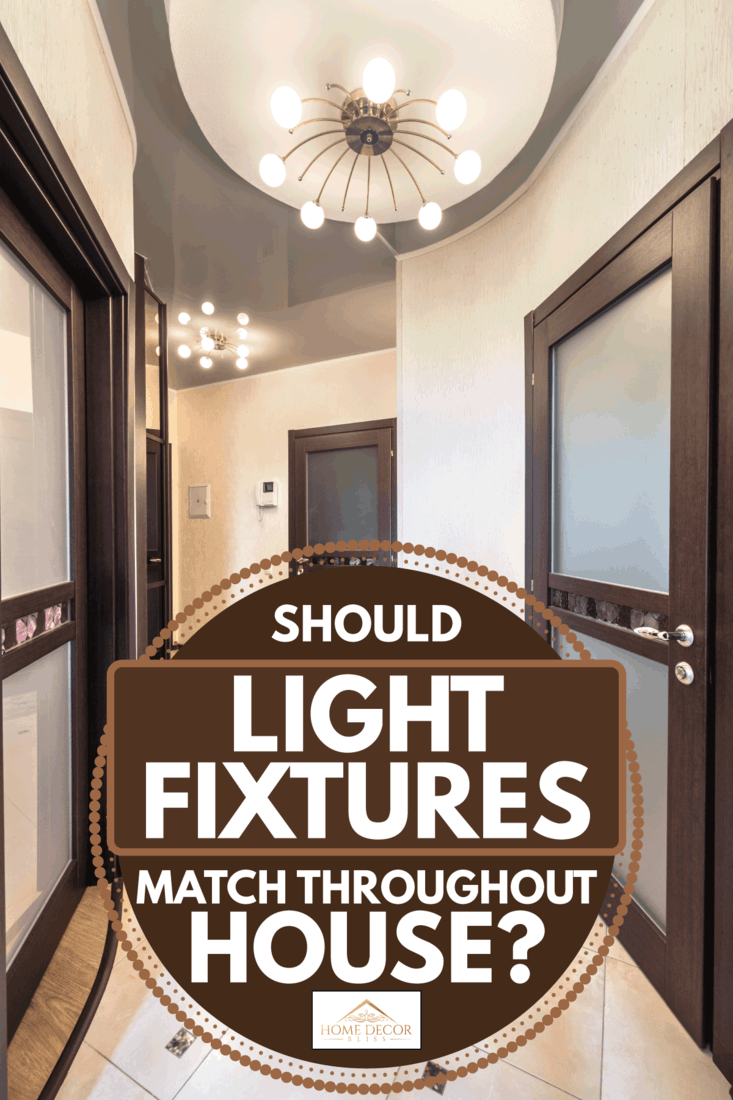Lighting, by design and function, is eye-catching. Understanding this, you are wondering if your light fixtures should match throughout the house. In this post, we have done our research to thoroughly yet simply answer that question.
Instead of strictly matching, light fixtures should coordinate throughout a home. That is to say; all light fixtures should not look exactly alike, rather share common features. It is possible to match the shape, color, materials, styles, and/or other details to achieve this end.
Please keep reading to learn the rationale behind this recommendation. We will also cover how to ensure light fixtures coordinate and include the answers to several related questions. This post will send you well on your way to making wise and attractive home lighting decisions.
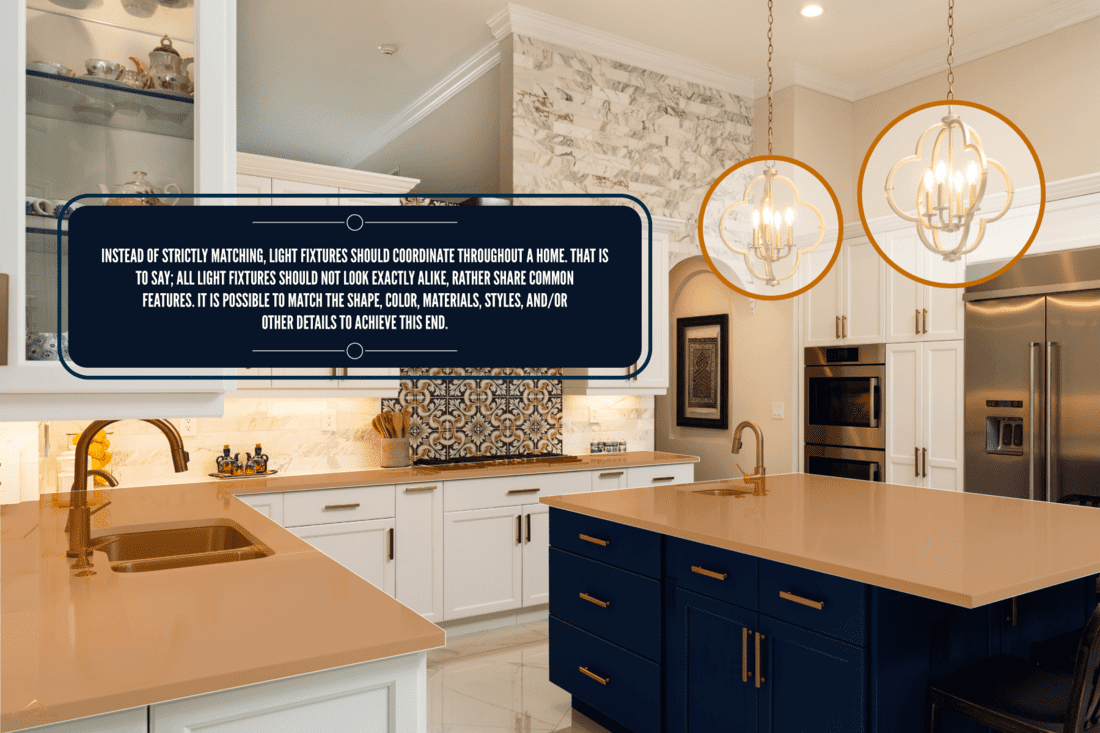
Why Light Fixtures Should Coordinate
Modern decorators are generally in consensus; light fixtures should coordinate throughout a home. This provides a sense of unity from room to room, without the danger of becoming monotonous or boring. There are slight differences in how this rule is applied to bolder and more subtle types of light fixtures.
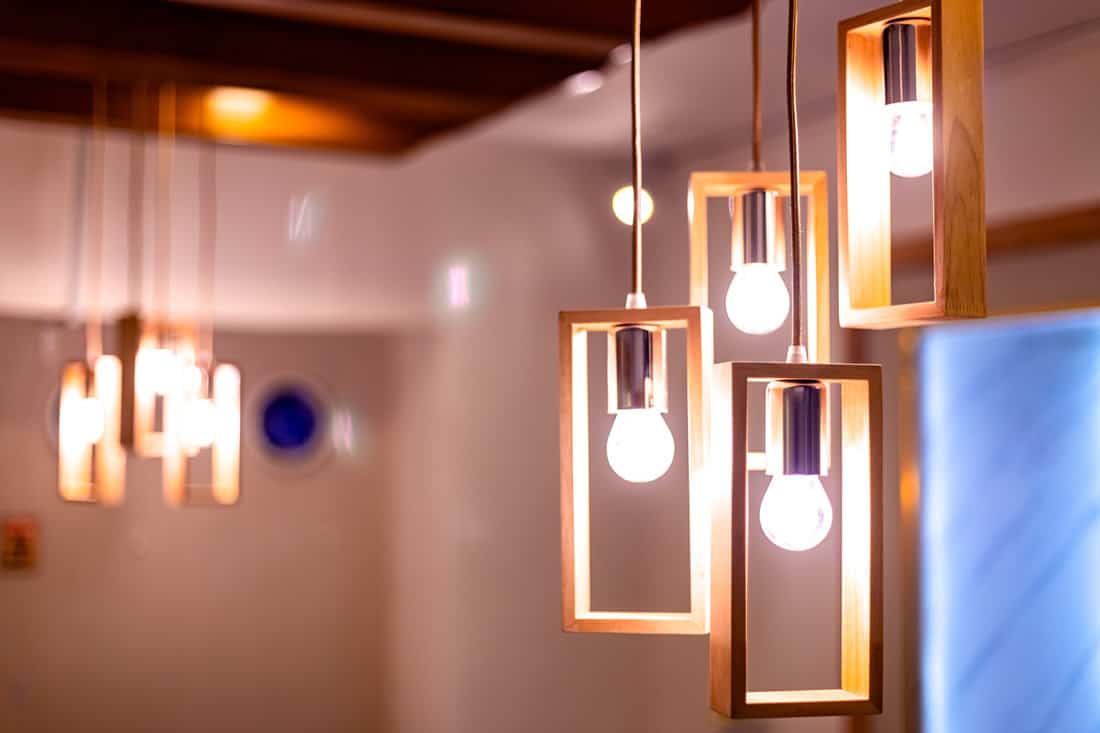
We may include affiliate links and curated AI content to highlight top design styles.
Bold Light Fixtures
The 'coordinate without matching' rule is mostly applicable to bold light fixtures such as chandeliers or hanging lights. These types of lights are often central components of a room and quickly draw the eye upon first entering a room or home. That centrality is why it is particularly important to choose bold fixtures carefully.
Both the bulbs and color are potential coordinating features on the chandelier featured above. Click here for this foyer chandelier from Amazon.
For example, a stunning chandelier in the entryway can make a great first impression, but when that chandelier is repeated over a dining table, the splendor quickly wears off. In the same sense, if a beautiful entryway chandelier features brass and globe-shaped bulbs, a dining room fixture with matt black and pointed-tip bulbs runs the risk of clashing.
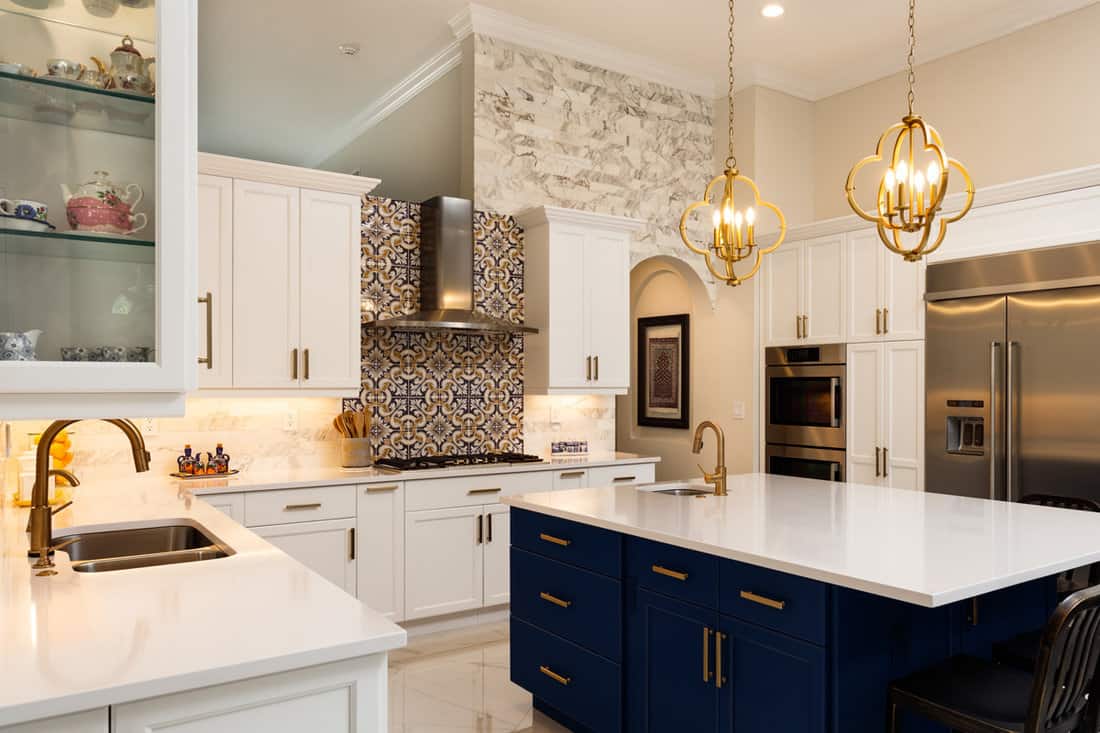
Read the section "How To Coordinate Light Fixtures" below for a rundown on how to specifically coordinate light fixtures without out-right matching them.
Subtle Light Fixtures
For more subtle fixtures, like smaller recessed lights and dome lights, coordinating is not nearly as important. In fact, these types of lights are usually purchased in bulk and match throughout a home. However, the same rule applies if you would like to mix them up a little more - just make sure they coordinate.
In this case, the white border is the feature you will likely try to coordinate with your other subtle home light fixtures. Click here for a well-reviewed, recessed or can light from Amazon.
To accomplish this for subtler more common light fixtures, a common strategy is to choose two to four fixture models throughout the home. When doing this, it is common practice to choose lights for different applications. That is to say, one wall mount, one spotlight, one recessed light, etcetera.
Exceptions to the Rule
Just like with every rule of home decorating, this one is not one hundred percent applicable. There are instances where light fixtures can match. Maybe you have multiple bedrooms, all with consistent light fixtures, or perhaps you love a chandelier so much you want one in your foyer and one in the living room. If you like the matching look, go for it!
How To Coordinate Light Fixtures
Coordinating light fixtures might seem daunting, but it is actually a relatively simple process. All you need to do is choose a feature or two and keep that consistent throughout your home. If the stress of matching your light fixtures is not worth the effort, hire an interior designer to ensure a great finished product and a smooth process.
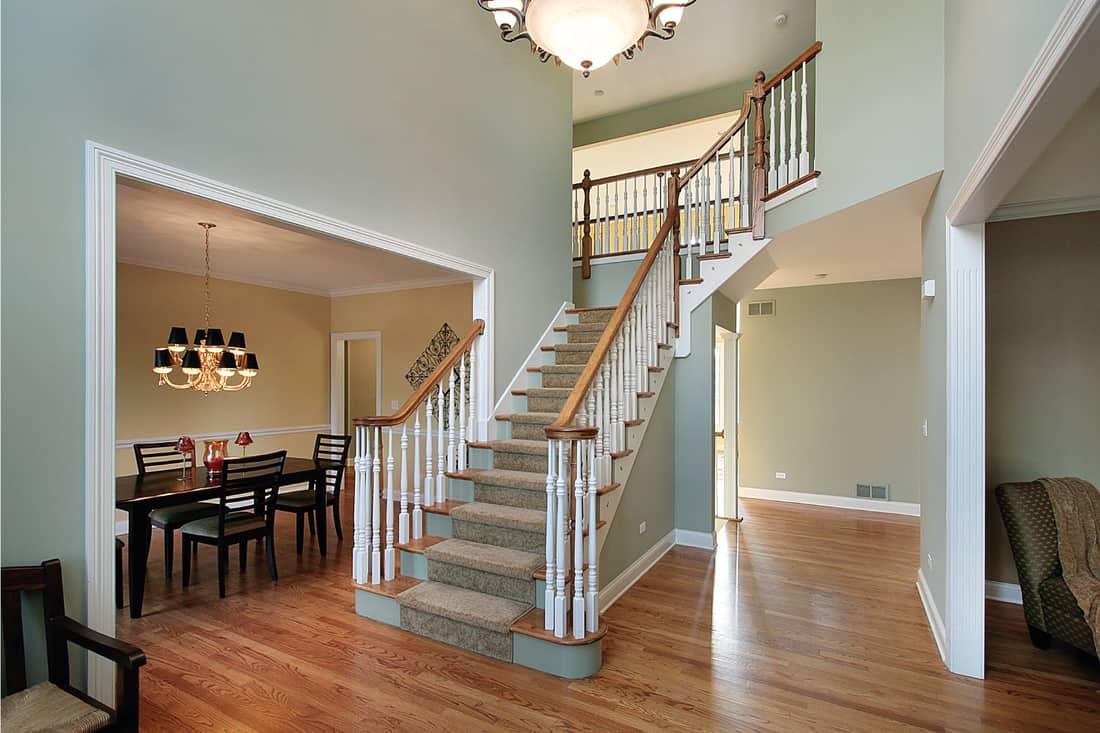
Above is a great example of coordinating but not matching chandeliers in a home.
Common themes include the type of metal, type of bulb, or consistent adornment (such as crystals). You could have chandeliers that look vastly different throughout your home, but as long as they all have a brushed nickel finish, they should coordinate nicely. Or perhaps you really enjoy the rustic look of globe bulbs - run with that and choose fixtures that all feature globes.
There is no limit to what coordinates your fixtures (color or angularity are other options). The specifics of how your lighting matches is up to you. Remember, this is your home, and you are customer number one. Further, it is not that difficult to switch most fixtures out post-production; so if you end up disliking a certain fixture, just change it out for something new.
How Do You Choose A Light Fixture For Your House?
There are a few strategies for choosing light fixtures in your home - but as mentioned above, they all center on your preferences. To determine what you like, take the time to browse some furniture warehouses, lighting showrooms, antique stores, and online catalogs. This strategy, combined with your budget, is a great place to start.
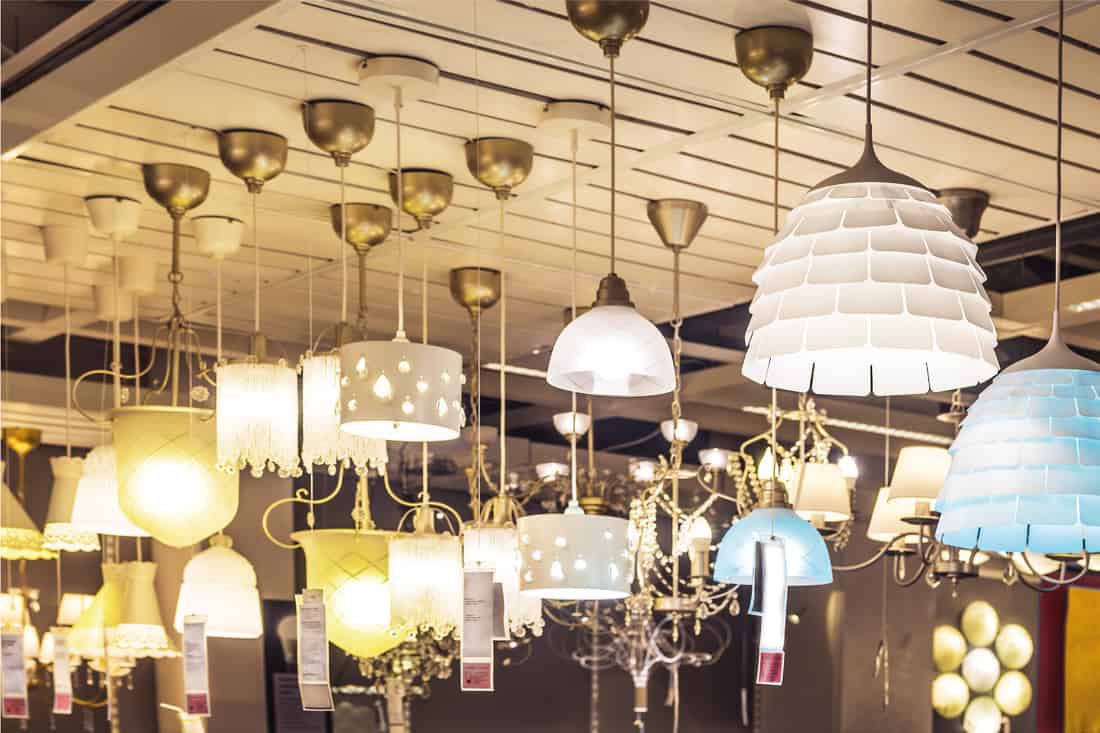
Once you have determined light fixture types that you like, start narrowing it down. Maybe you are limited to certain colors because of your home theme, or maybe you have limited space in a certain room. Consider all of these factors when choosing light fixtures as well.
Instead of having trouble choosing a theme to coordinate all of your light fixtures, try this trick. Shop around until you find a single light fixture that you absolutely love (it does not really matter what room it is for) and then match the rest of your fixtures to that one.
What Color Light Fixtures Are In Style?
Popular colors for light fixtures include matte black, wicker, and brushed gold.
This light is perfect for over a kitchen island or dining room table. The angularity of the light, as well as the matte black color, situate it perfectly in style. Click here for a matte black hanging light from Amazon.
This light fixture features the popular gold color as well as in style globe like bulbs. The design of this light would be perfect for over a bathroom mirror. Click here for a brushed gold bathroom fixture from Amazon.
These types of light fixture impart a homey, rustic feel to a home. The colors are also easy to match with other earth tones. Follow this link to find this wicker light fixture on Amazon.
How Big Of A Light Fixture Do You Need?
A simple rule is to convert your room dimensions from feet to inches. So if you have a 12-foot by 14-foot room, a 12-inch by 14-inch light fixture should fit relatively well. Since chandeliers are often not square, a chandelier with 26-inches of diameter should work perfectly (12+14). Of course, this is just a suggestion, and larger and smaller fixtures can work as well.
These techniques can be applied to almost any room in the house. If you are specifically sizing a dining room chandelier, you might be interested in reading "How Big Should A Dining Room Chandelier Be?"
Should The Foyer And Dining Room Light Fixtures Match?
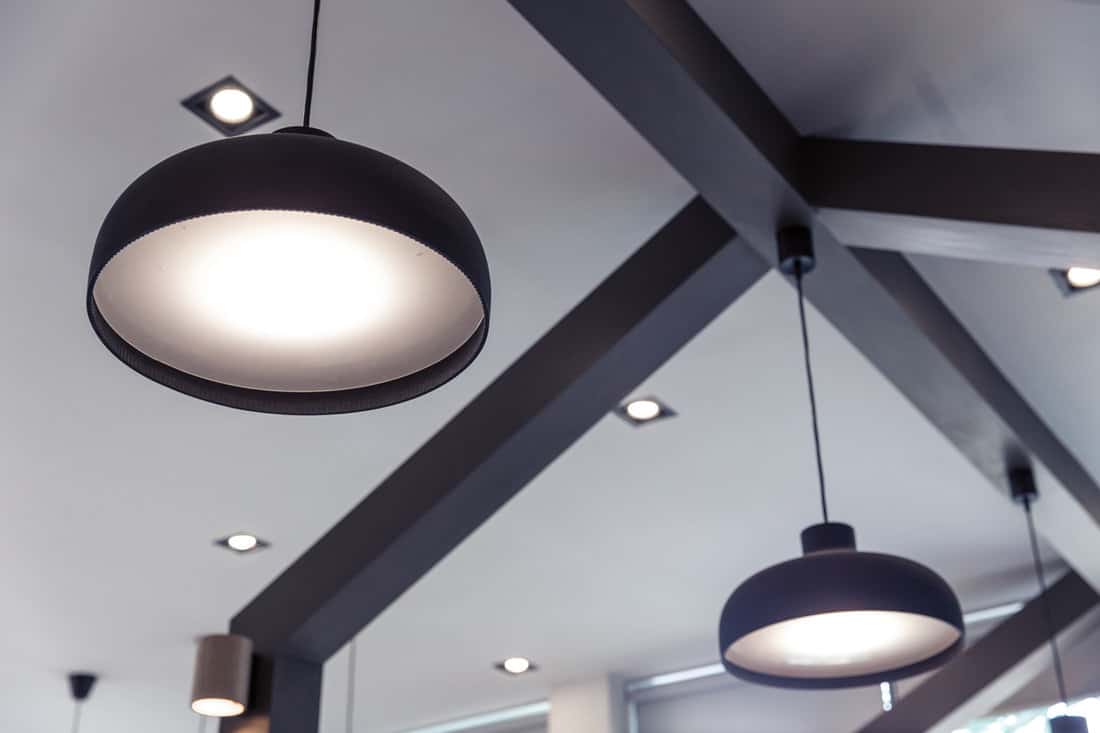
The foyer and dining room light fixtures, like all fixtures in your home, should coordinate and not match. These two light fixtures are often the most important in a home because guests typically see both areas. It might be worth it to choose your dining room and foyer fixtures first to ensure you can find coordinating ones you like. And then to match the rest of the home to these two fixtures.
In Closing
Reading the recommendations in this article was likely a relief that there is no need to match all the fixtures in your home. And remember, even coordinating light fixtures by something simple like color or material is all it takes to come across as a design expert. So do not stress it and good luck!
Looking for other advice on adding light to your home? Check out "How Do You Add More Light to a Room."
